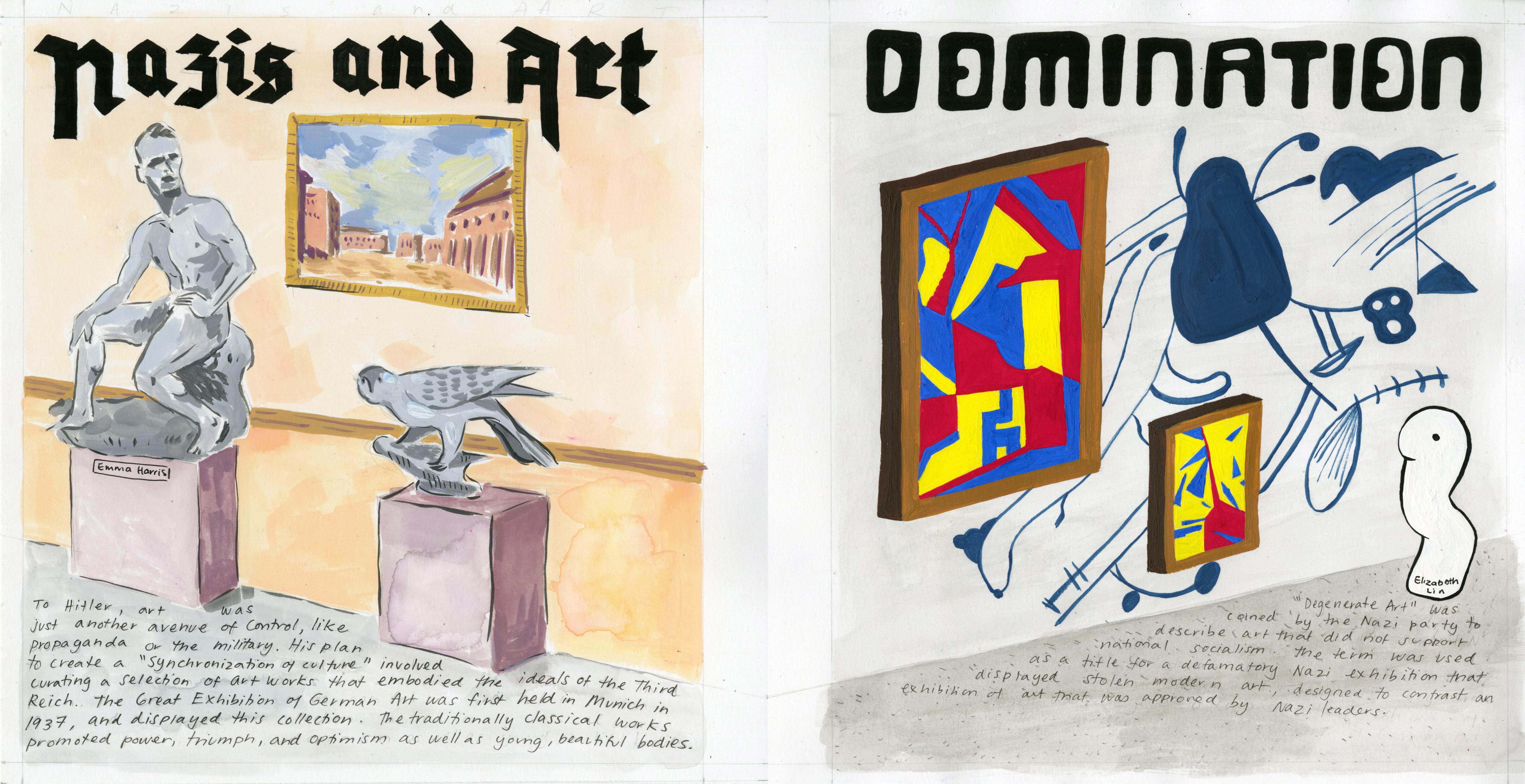George Hardie:
George Hardie was an English graphic designer, educator, and illustrator. To him, illustration is a problem-solving process: one that involves looking, collecting, and drawing. He also sees illustration and graphic design as just two different points on a single graphic continuum- an idea that has influenced his style of art.
His unique style consists of clean lines and exacting geometry along with a conceptual-oriented mode of thought. He uses highly-skilled draftsmanship and intricate compositions to convey richly imagined visions of their physical or psychological conditions. In essence, he draws visual ideas that force viewers to “wear a new pair of spectacles” and to open up to a new visual experience of even the most familiar terrain. In addition, his neutral vision style allows viewers to focus on an idea or object under examination rather than an artist’s hand.
Continue reading “Social Awakenings: George Hardie (b. 1944)”


